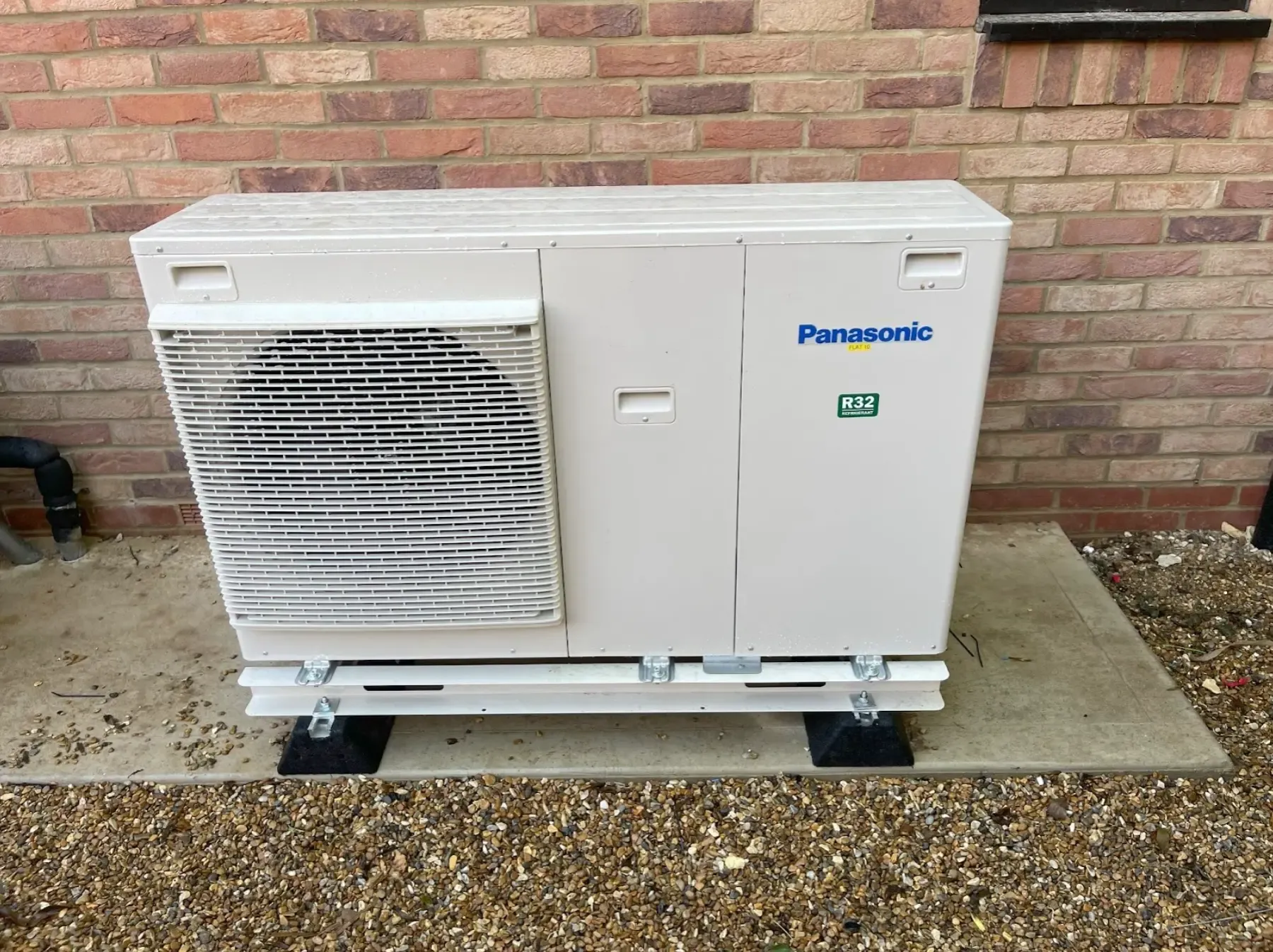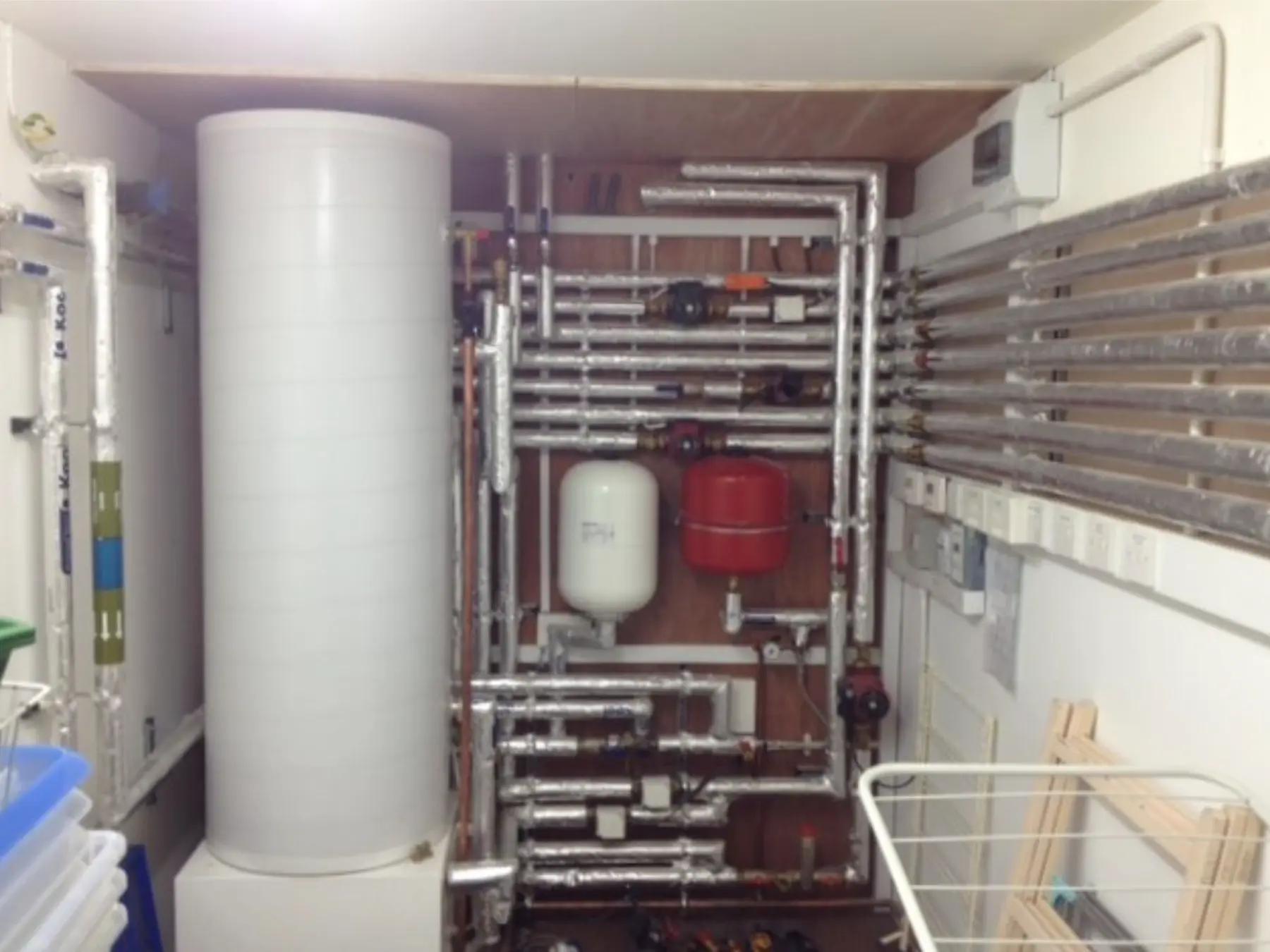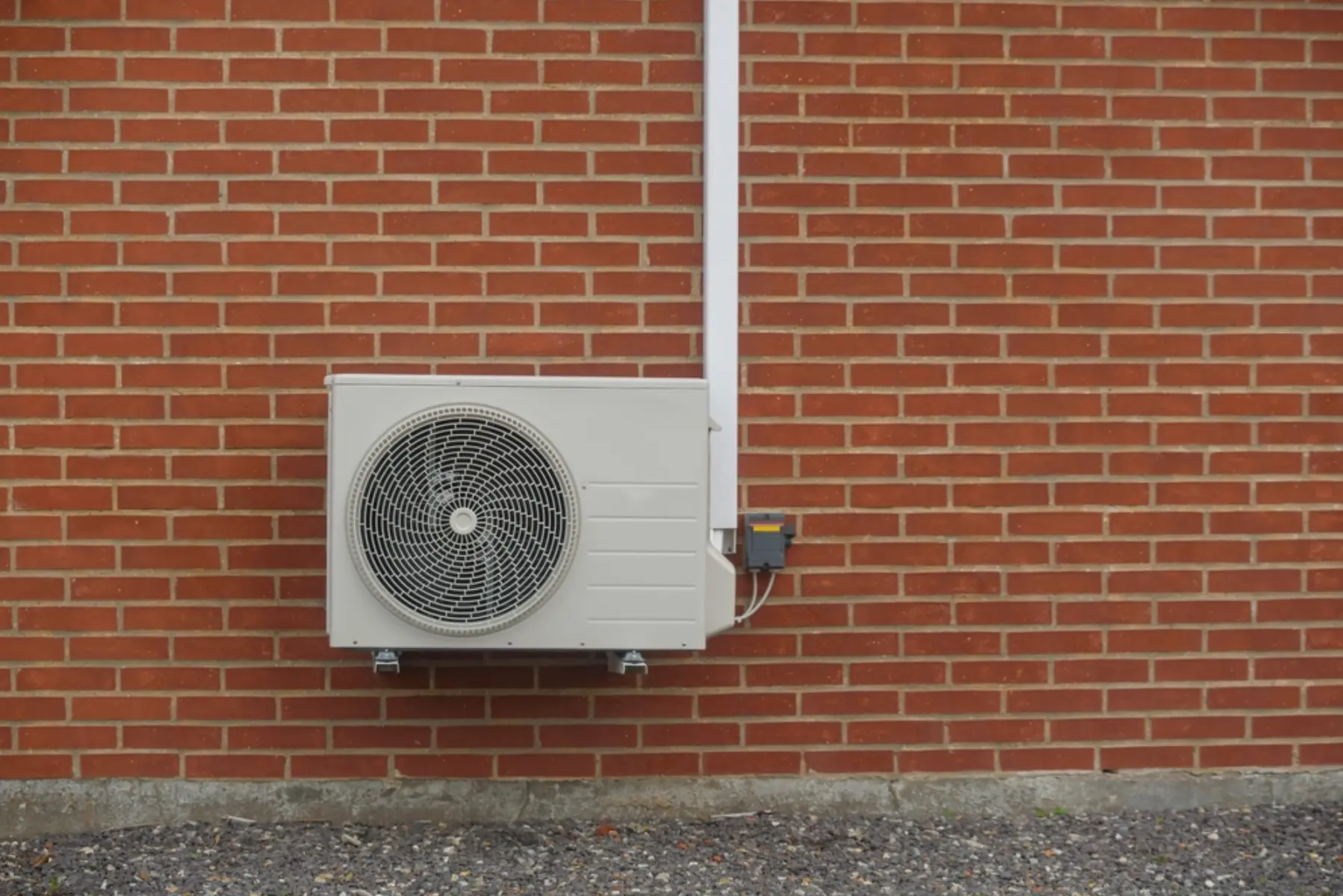
How Do Air Source Heat Pumps Work?
How Do Air Source Heat Pumps Work For Your Home?
You’ve probably heard more and more about air source heat pumps recently. They’re being promoted as an efficient, low-carbon alternative to traditional gas boilers, especially for homeowners who want to lower their bills and futureproof their homes.
But how do air source heat pumps work, really? And is it worth the effort to install one?
In this blog, we’ll explain how these systems work, what’s involved in air source heat pump installation, and why so many households across the UK are making the switch.
What is an air source heat pump?
An air source heat pump is a renewable heating system that extracts heat from the outside air and uses it to warm your home and water. Even in winter, there’s heat in the air, and a heat pump system is designed to capture and concentrate that energy.
It works like a fridge, but in reverse. Instead of removing heat from inside (like a fridge does), it pulls heat in from the air outside and transfers it into your central heating system.
How do air source heat pumps work?
Here’s the basic process:
- The outdoor unit pulls in air through a fan.
- That air passes over a coil filled with refrigerant.
- The refrigerant absorbs the heat, even at low temperatures.
- It’s then compressed to increase the temperature.
- The now-hot refrigerant transfers its heat to your hot water cylinder or underfloor heating system.
This allows the pump to provide both heating and hot water, just like a traditional boiler, but with much lower running costs and significantly better energy efficiency.
What are the different types of heat pump?
Most domestic systems in the UK use air-to-water heat pumps, which heat water for radiators, underfloor heating, and your hot taps.
There are also air-to-air systems, which work more like air conditioning, and ground source heat pumps, which draw heat from the ground. These are far less common due to higher installation costs and space requirements.
At KD Jones, we specialise in installing air source heat pumps for homes across Surrey, and we’ll help you choose the best type for your home’s layout and needs.

What’s involved in air source heat pump installation?
To install a heat pump, we’ll first carry out a full survey of your property. This helps us understand:
- How well insulated your home is
- Your heat loss levels
- Your current central heating setup
- Space for the outdoor unit and hot water cylinder
Installing an air source heat pump usually takes 2–4 days. You’ll need an outdoor unit, indoor controls, and (in most cases) a new hot water tank to support the system.
If you’re switching from a traditional gas boiler, you may also need some radiator upgrades or underfloor heating adjustments to optimise performance.
Do I need planning permission?
In most cases, air source heat pump installation is considered permitted development, so you don’t need planning permission. However, your installer should always check the specifics of your property, especially in conservation areas or flats.
Is it more efficient than a boiler?
Yes. For every unit of electricity a heat pump uses, it can produce 3 to 4 units of usable heat. That makes it 300–400% efficient. This is compared to around 90% for even the best condensing gas boilers.
This means lower running costs, lower emissions, and long-term savings on your energy bills.
Are there government grants available?
Yes. The Boiler Upgrade Scheme (BUS) currently offers grants of up to £7,500 to help homeowners cover the cost of switching to a heat pump. The scheme is open to eligible properties in England and Wales.
Thinking about installing an air source heat pump?
At KD Jones Heating Engineers, we’re certified installers of air source heat pump systems for homes of all sizes. We’ll walk you through your options, design a system that suits your property, and handle everything from paperwork to final commissioning.
📞 Call us on 01737 211376
🌐 Visit our contact page to request a quote online
📍 Based in Redhill, we cover homes across Surrey and the surrounding areas
And if you’re upgrading your boiler at the same time? We offer 0% finance to help you spread the cost, making greener heating more accessible than ever.

FAQs
How do air source heat pumps work?
They extract heat from the outside air and use it to warm water for your heating and hot water system, even when it’s cold outside.
Do they work in winter?
Yes. Heat pumps are designed to operate efficiently in low temperatures, even down to -15°C, making them suitable for UK winters.
How much does an air source heat pump cost to install?
It varies based on the size of your property, insulation levels, and existing system. Grants can help reduce the upfront cost significantly.
Are air source heat pumps cheaper to run than gas boilers?
In many cases, yes. Because they use less energy to produce heat, they can lower your energy bills, especially in well-insulated homes.
Can I use my existing radiators?
Possibly. We’ll assess your system during the survey. Some homes may need larger radiators or underfloor heating to get the best performance.
How long does the installation take?
Most installations take 2 to 4 days, depending on the size of the system and the amount of internal work needed.
Do I need planning permission?
Usually not. Most heat pump installations fall under permitted development, though we’ll always confirm this before work begins.
Is a hot water cylinder required?
Yes. Most systems need a well-sized cylinder to store heated water, as heat pumps don’t generate hot water on demand like combis.
Are heat pumps noisy?
Modern units are very quiet, often no louder than a fridge. Placement is important to minimise noise near windows or neighbouring properties.
Can I finance a heat pump installation?
While grants cover a big portion, you can also use 0% finance from KD Jones to cover additional costs or system upgrades.








